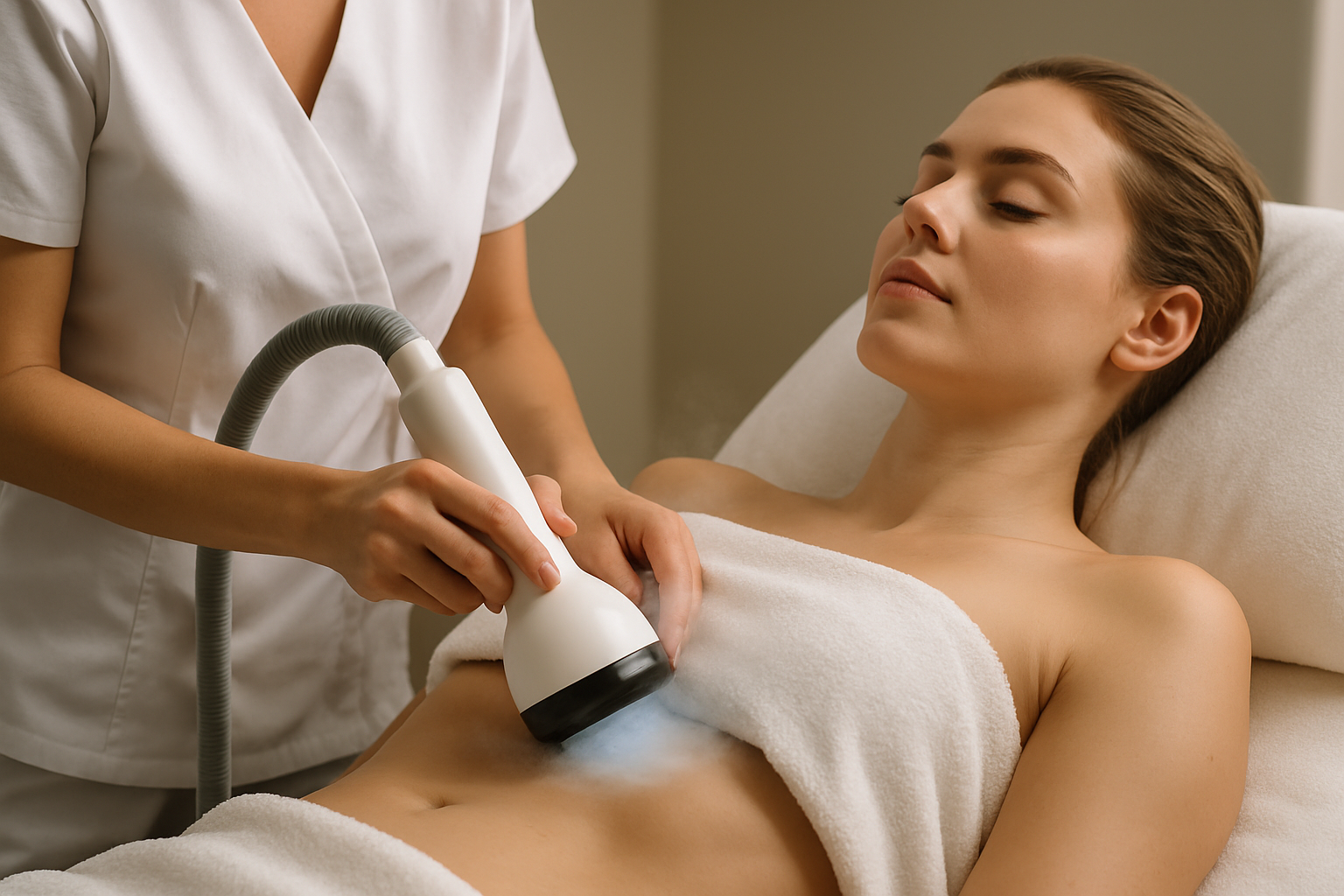Laser Hair Removal: How It Works and What to Expect in 2025
Light-based hair removal has become one of the most popular cosmetic procedures worldwide, offering a long-term solution for unwanted hair. Using concentrated light beams to target hair follicles, this treatment provides lasting results that traditional methods like shaving and waxing cannot match. As technology continues to advance in 2025, newer systems offer improved effectiveness, reduced discomfort, and better results for various skin types and hair colors.

Unwanted hair removal has evolved significantly over the years, with light-based technology leading the charge in providing effective, long-lasting solutions. Modern systems use sophisticated light-based technology to target and disable hair follicles, offering results that can last for months or even years. Understanding how this process works and what to expect can help you make informed decisions about this increasingly popular cosmetic treatment.
What Is Light-Based Hair Removal?
Light-based hair removal is a medical procedure that uses concentrated beams of light to remove unwanted hair from various parts of the body. The device emits a specific wavelength of light that is absorbed by the pigment (melanin) in hair follicles. This light energy converts to heat, which damages the follicle and inhibits future hair growth. Unlike temporary methods such as shaving or waxing, this treatment targets the root cause of hair growth, providing longer-lasting results. The procedure is FDA-approved and has been refined over decades to become safer and more effective for different skin types and hair colors.
How Light-Based Hair Removal Works
The science behind this treatment involves selective photothermolysis, a process where specific wavelengths of light target dark pigments without damaging surrounding skin tissue. During treatment, the device emits pulses of light that penetrate the skin and are absorbed by melanin in the hair shaft and follicle. This absorption generates heat that damages the follicle’s ability to produce new hair. The process is most effective during the active growth phase of hair, called the anagen phase, which is why multiple sessions are typically required. Different light types, including Alexandrite, Diode, and Nd:YAG systems, are used depending on skin tone and hair characteristics to optimize results and minimize side effects.
Common Treatment Areas
Light-based hair removal can be performed on virtually any area of the body where unwanted hair grows. The most popular treatment areas include the face, particularly the upper lip, chin, and eyebrow area for women. Body areas frequently treated include underarms, bikini line, legs, arms, chest, and back. Larger areas like full legs or back may require longer session times but can provide significant convenience compared to regular shaving or waxing. Some clinics also offer specialized treatments for sensitive areas, using adjusted settings and cooling techniques to ensure comfort. The versatility of modern systems allows practitioners to customize treatments based on the specific area being treated and individual patient needs.
What to Expect During and After the Procedure
Before your session, you’ll typically have a consultation to assess your skin type, hair color, and medical history. On treatment day, the area will be cleaned and sometimes marked for precise targeting. Most patients describe the sensation as similar to a rubber band snapping against the skin, though modern systems include cooling mechanisms to minimize discomfort. Sessions can last anywhere from 15 minutes for small areas to over an hour for larger body areas. After treatment, you may experience temporary redness and slight swelling, similar to a mild sunburn. Most people can return to normal activities immediately, though sun exposure should be limited for several days. Hair in treated areas will begin to shed within 1-3 weeks, and you’ll typically need 6-8 sessions spaced 4-8 weeks apart for optimal results.
Average Cost in 2025
Light-based hair removal costs vary significantly based on treatment area size, geographic location, and clinic reputation. Understanding pricing structures helps in planning and budgeting for this investment in long-term hair reduction.
| Treatment Area | Average Cost Per Session | Estimated Total Cost (6-8 sessions) |
|---|---|---|
| Upper Lip | $75-$150 | $450-$1,200 |
| Underarms | $150-$300 | $900-$2,400 |
| Bikini Line | $200-$400 | $1,200-$3,200 |
| Full Legs | $400-$800 | $2,400-$6,400 |
| Back (Full) | $500-$900 | $3,000-$7,200 |
Prices, rates, or cost estimates mentioned in this article are based on the latest available information but may change over time. Independent research is advised before making financial decisions.
Many clinics offer package deals that can reduce the per-session cost when multiple treatments are purchased upfront. Factors affecting pricing include the type of technology used, clinic location, practitioner experience, and current market competition. Some facilities also provide financing options or seasonal promotions that can make treatments more accessible.
Light-based hair removal continues to evolve with technological advances making treatments more comfortable and effective than ever before. While results vary among individuals, most people experience significant hair reduction that lasts for months or years. The investment in this treatment often pays for itself over time when compared to the ongoing costs of razors, waxing appointments, and other temporary hair removal methods. As with any cosmetic procedure, choosing a qualified practitioner and realistic expectations are key to achieving satisfactory results.
This article is for informational purposes only and should not be considered medical advice. Please consult a qualified healthcare professional for personalized guidance and treatment.




